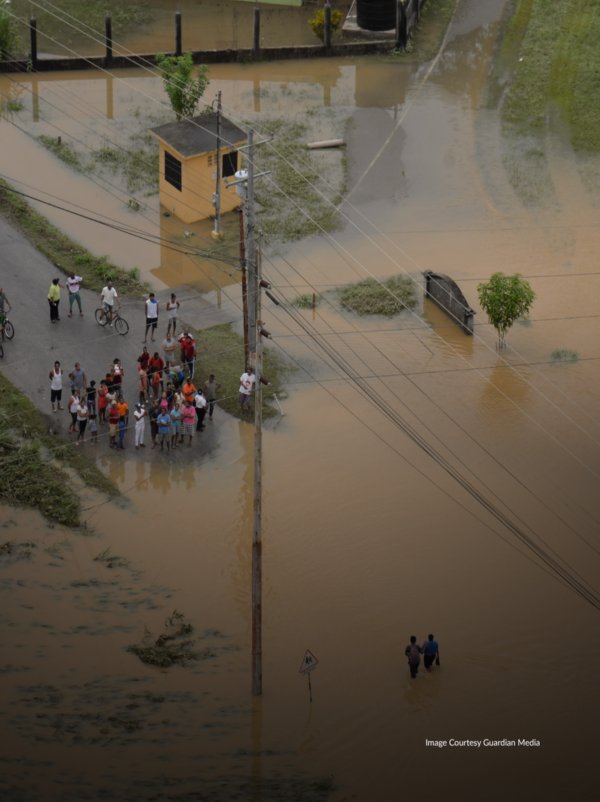Long-term sea-level rise implied by 1.5 degree and 2 degree Celsius warming levels
Authors
Michiel Schaeffer, William Hare, Stefan Rahmstorf, Martin Vermeer
Share

Sea-level rise (SLR) is a critical and uncertain climate change risk, involving timescales of centuries. Here we use a semi-empirical model, calibrated with sea-level data of the past millennium, to estimate the SLR implications of holding warming below 2 °C or 1.5 °C above pre-industrial temperature, as mentioned in the Cancún Agreements.
Limiting warming to these levels with a probability larger than 50% produces 75–80 cm SLR above the year 2000 by 2100. This is 25 cm below a scenario with unmitigated emissions, but 15 cm above a hypothetical scenario reducing global emissions to zero by 2016. The long-term SLR implications of the two warming goals diverge substantially on a multi-century timescale owing to inertia in the climate system and the differences in rates of SLR by 2100 between the scenarios.
By 2300 a 1.5 °C scenario could peak sea level at a median estimate of 1.5 m above 2000. The 50% probability scenario for 2 °C warming would see sea level reaching 2.7 m above 2000 and still rising at about double the present-day rate. Halting SLR within a few centuries is likely to be achieved only with the large-scale deployment of CO2 removal efforts, for example, combining large-scale bioenergy systems with carbon capture and storage.











